Now I’d like to quantify the effects of the blue/green shifts in the shadows that sometimes occur upon pushing M240 images. I’ll be comparing two sets of images, one that I created, and one sent to me by friend whose name I won’t mention, since he values his privacy more than the adoration of a grateful public.
The images were made under the same general lighting conditions — indirect window light on a cloudy day — but there are small differences. My set of images got about half a stop more light. The Color Checker is somewhat larger in the images I made myself. Still, I think you’ll be able to see that the blue shadow shift is not peculiar to my M240. All images res’d to 600 pixels wide, which makes looking at the colors easier, but softens noise.
Here’s how the images were made. The base exposure is at ISO 3200 about four stops down from ETTR, then four more pictures at the same exposure at ISO 1600, 800, 400, and 200.
I brought all images into Lightroom. I turned off all noise suppression. I applied a +1 EV Exposure boost to the ISO 1600 images, +2 EV to the ISO 800 images, +3 EV to the ISO 400 images, and +4 Ev to the ISO 200 images. I turned off Auto WB, and set the WB for all images to 4500K, +0 tint.
I exported the files as layers to Photoshop. I added an exposure adjustment layer to bring the values up to near that of the original scene, but remember, we’re looking at shadow detail and shadow color balance in all the images. The Exposure layer was a half stop less strong for the images I made (let’s call the camera Camera A) than for the images made for me with another M240 (let’s call that camera Camera B).
ISO 3200, Camera A:
ISO 3200, Camera B:
ISO 1600, Camera A:
ISO 1600, Camera B:
ISO 800, Camera A:
ISO 800, Camera B:
ISO 400, Camera A:
ISO 400, Camera B:
ISO 200, Camera A:
ISO 200, Camera B:
The specifics are different, but the trends are the same. Using Lightroom (or Iridient Developer, as I showed earlier, and probably any raw processor unless it’s using a profile designed to counter the effect) to push greatly underexposed M240 images can produce green color casts in the shadows. This is a potential problem for anyone wishing to use underexposure to reduce noise. Fortunately, there are only small gains in signal-to-noise ratio (SNR) to be had with ISOs less than 1600.
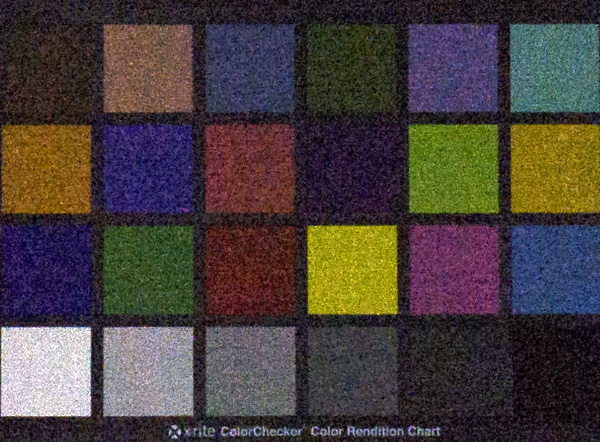
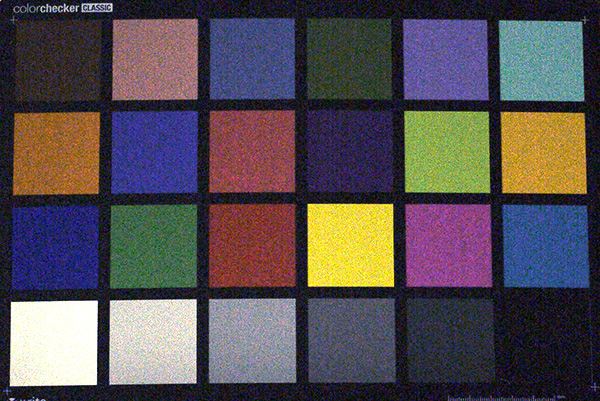
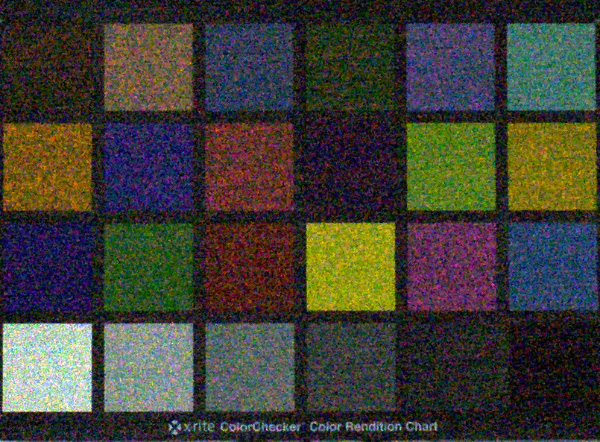
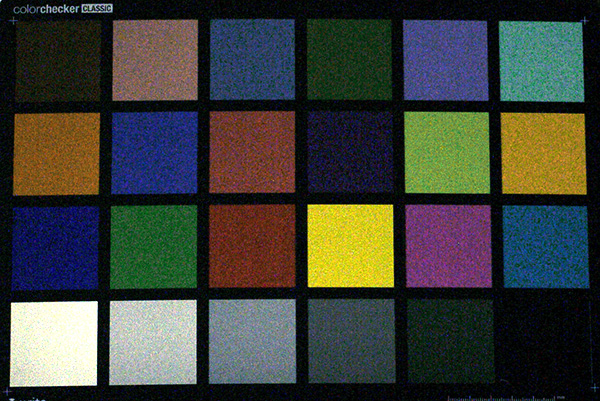
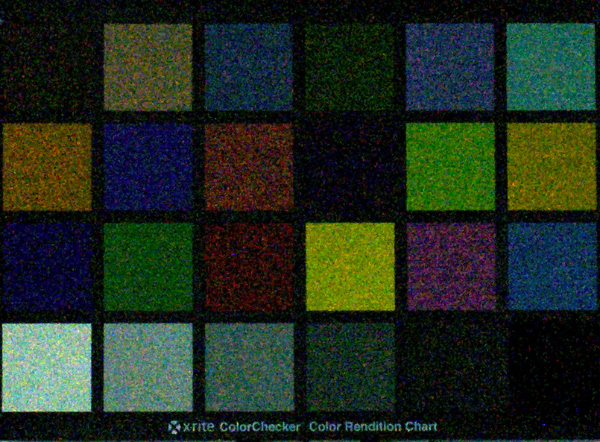
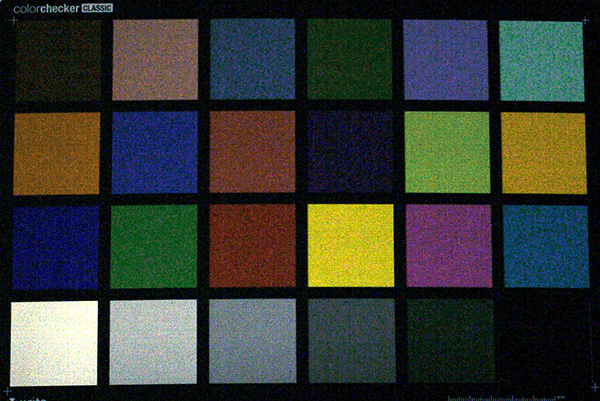
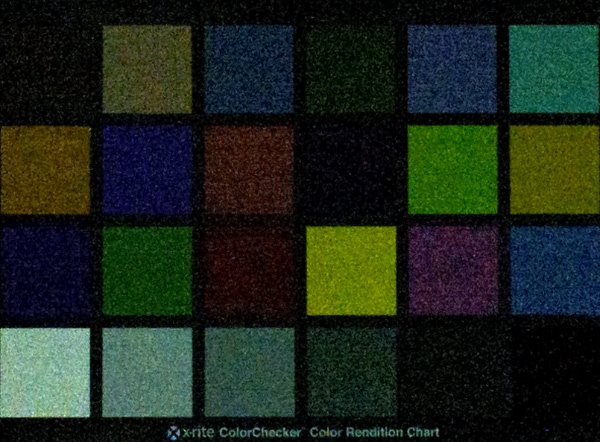
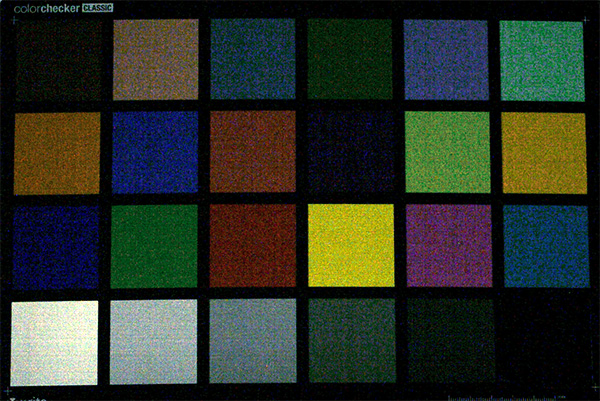
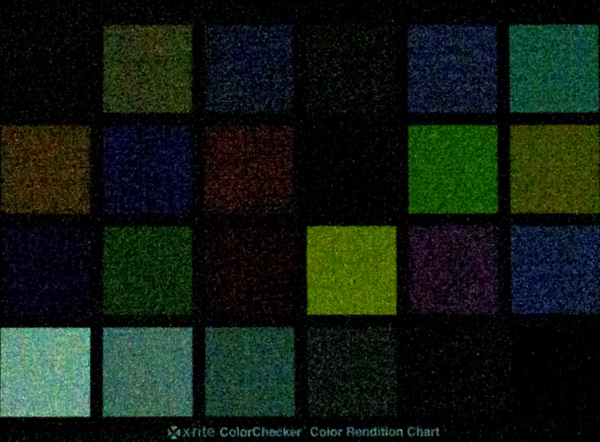
Leave a Reply